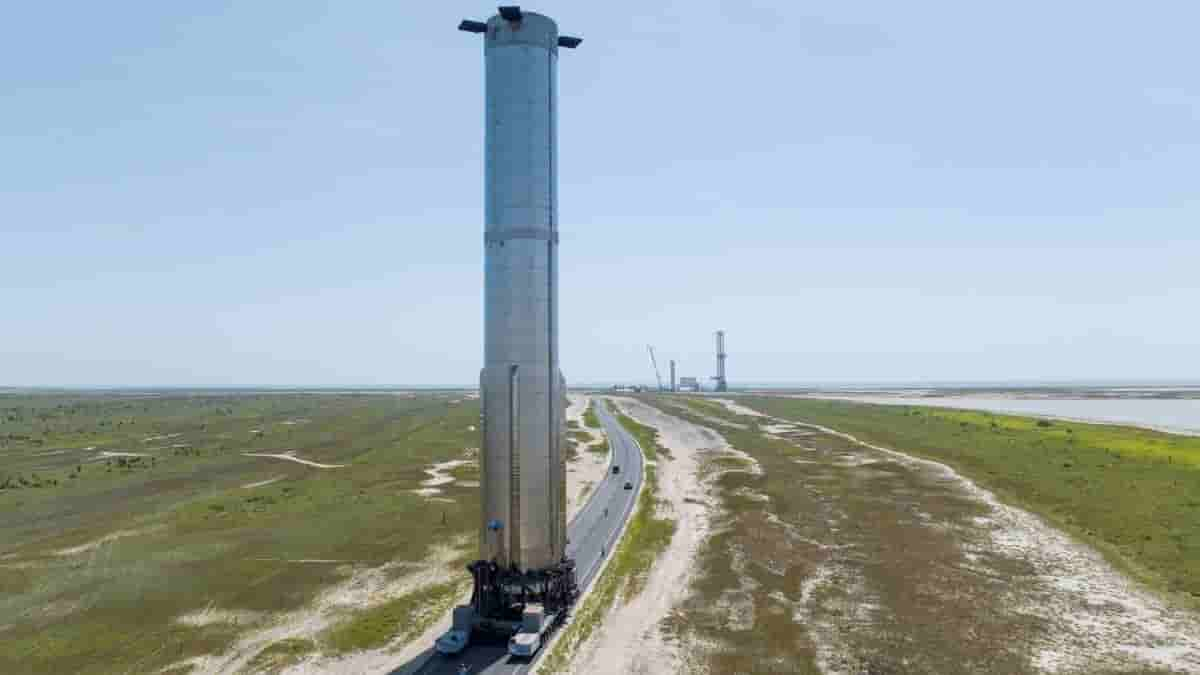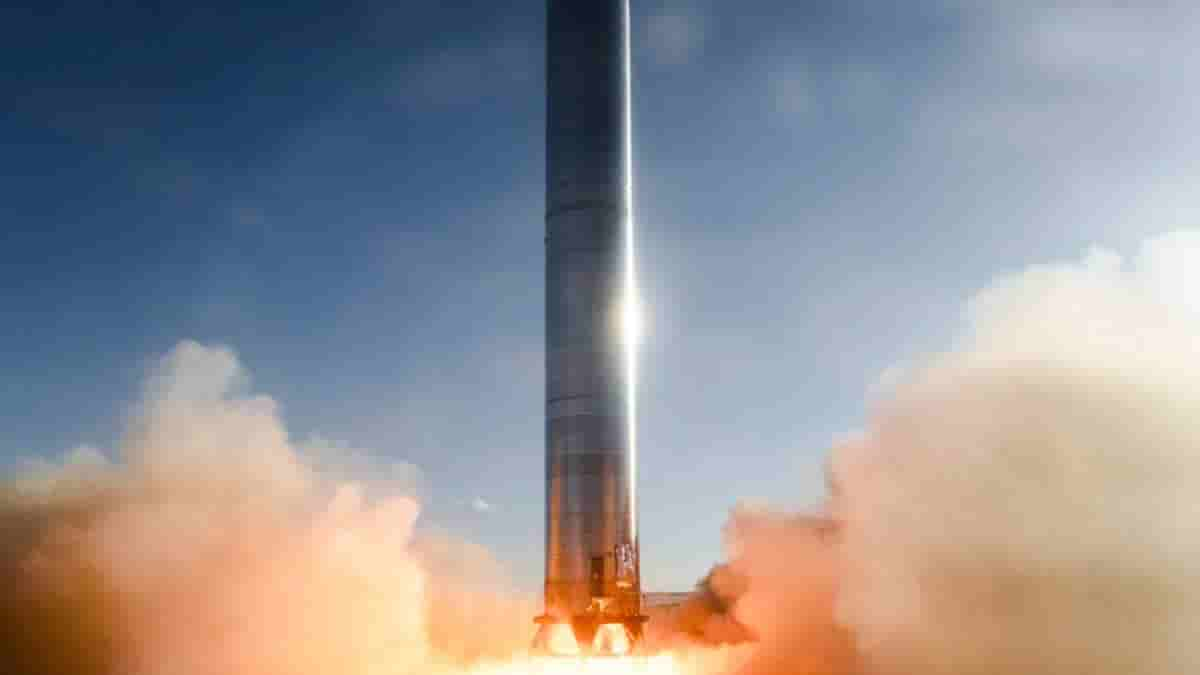Before the test launch, SpaceX ignites Starship and Super Heavy Booster 7

Tuesday, August 9, saw the first time that SpaceX launched a Super Heavy rocket from the launch pad, marking a significant advancement in the creation of its Starship deep-space transportation system.
In the upcoming months, the Starship project’s first orbital test flight is planned to launch the disputed Super Heavy, a prototype known as Booster 7. The engine test today demonstrates how prepared SpaceX is for that mission.
The test, which was conducted on Tuesday afternoon at SpaceX’s Starbase site in South Texas, only employed one of the 33 Raptor engines that make up Super Heavy, according to company representatives on Twitter. The static firing was used to test the engine while Booster 7 was still fastened to the orbital launch mount. Additionally, SpaceX conducted a test-fire of their Starship SN24 rocket and tweeted about the breathtaking sunset test.

The Super Heavy and Starship systems each have an upper-stage spaceship that is 165 feet (50 meters) tall. Both components will be powered by the next-generation Raptor engine, which is significantly more powerful than the Merlin engine that SpaceX employs with its Falcon 9 and Falcon Heavy rockets, and both are intended to be totally reusable.
Starship upper-stage prototypes have previously launched on test flights that only rose about 6.2 miles (10 kilometers) in altitude. The vehicles used for those excursions have three engines, which is half as many as the final Starship spacecraft will have.
Although no Super Heavy vehicle has ever taken off, if everything goes according to plan, the forthcoming orbital test flight will change that. Booster 7 will use that mission to launch Ship 24, a six-engine Starship prototype, into orbit. The flight will depart from Starbase. Soon after launch, Booster 7 will touch down in the Gulf of Mexico, and Ship 24 will make one Earth orbit before splashing down in the Pacific Ocean not far from the Hawaiian island of Kauai.
Additionally, Ship 24 had a productive day: SpaceX conducted a static fire using two of Ship 24’s six Raptors a few hours after the Booster 7 activity, the company reported via Twitter.
Before approving Booster 7 and Ship 24 for that historic flight, SpaceX will probably conduct a great deal more testing. However, some of those prelaunch tests will be significant occasions on their own. For instance, the first time Booster 7 lights up all 33 of its Raptors will be a sight and sound to witness.
Booster 7 has previously spat fire at Starbase, despite today being the first time it has done so while mounted on the launch mount. On July 11, a “engine spin start test” went wrong, causing flames to shoot from the vehicle’s base.
SpaceX had a pretty busy day on Tuesday. The business used a Falcon-9 rocket to launch 52 of its Starlink broadband satellites into orbit on Tuesday night from NASA’s Kennedy Space Center in Florida. Less than nine minutes after launch, the rocket’s first stage descended for a vertical landing at sea on one of SpaceX’s autonomous drone ships.


